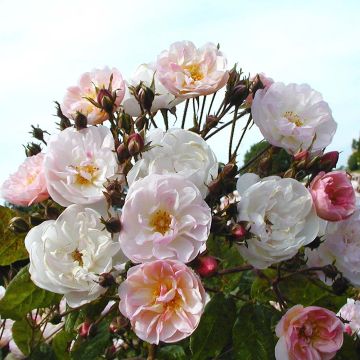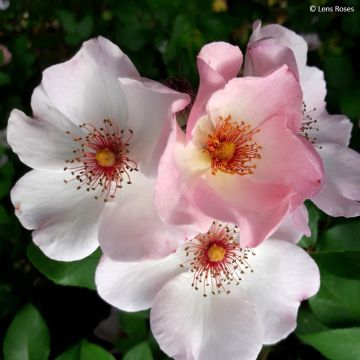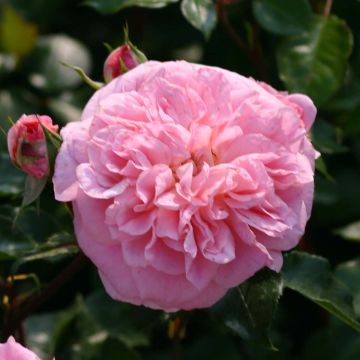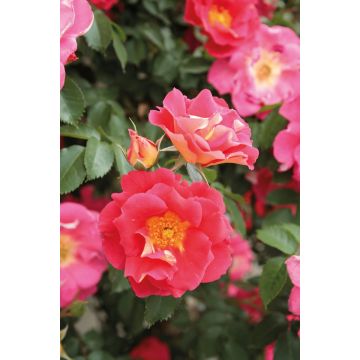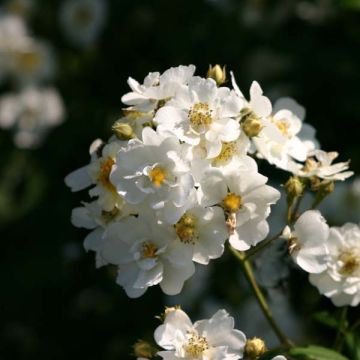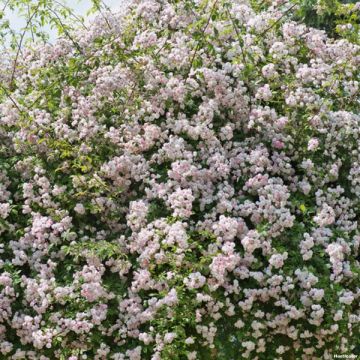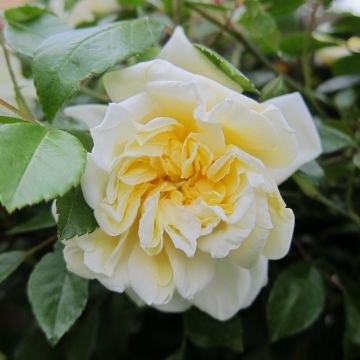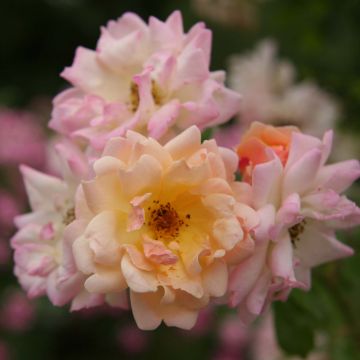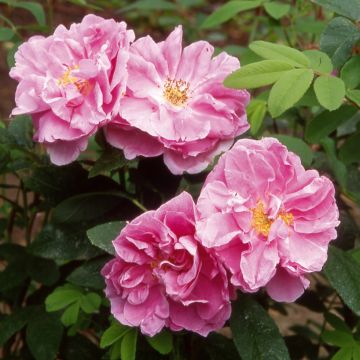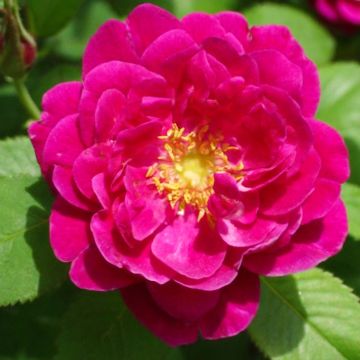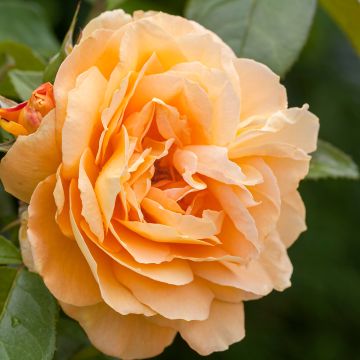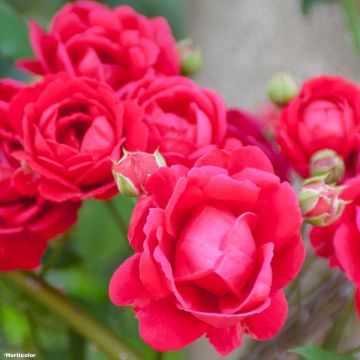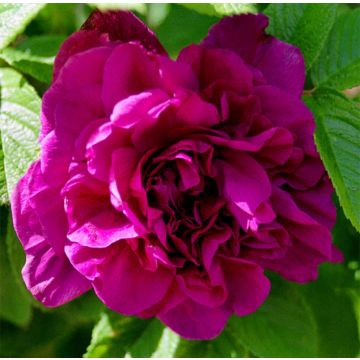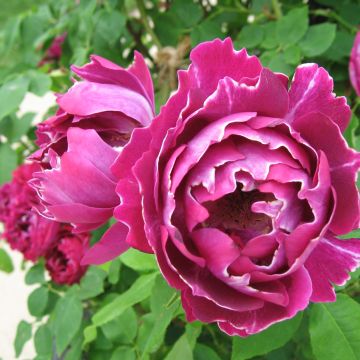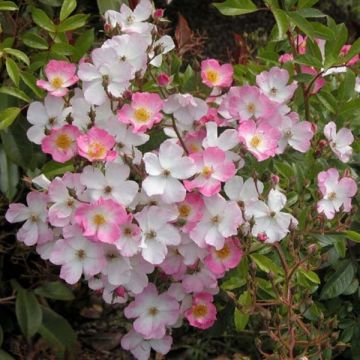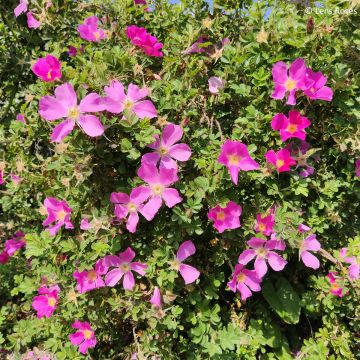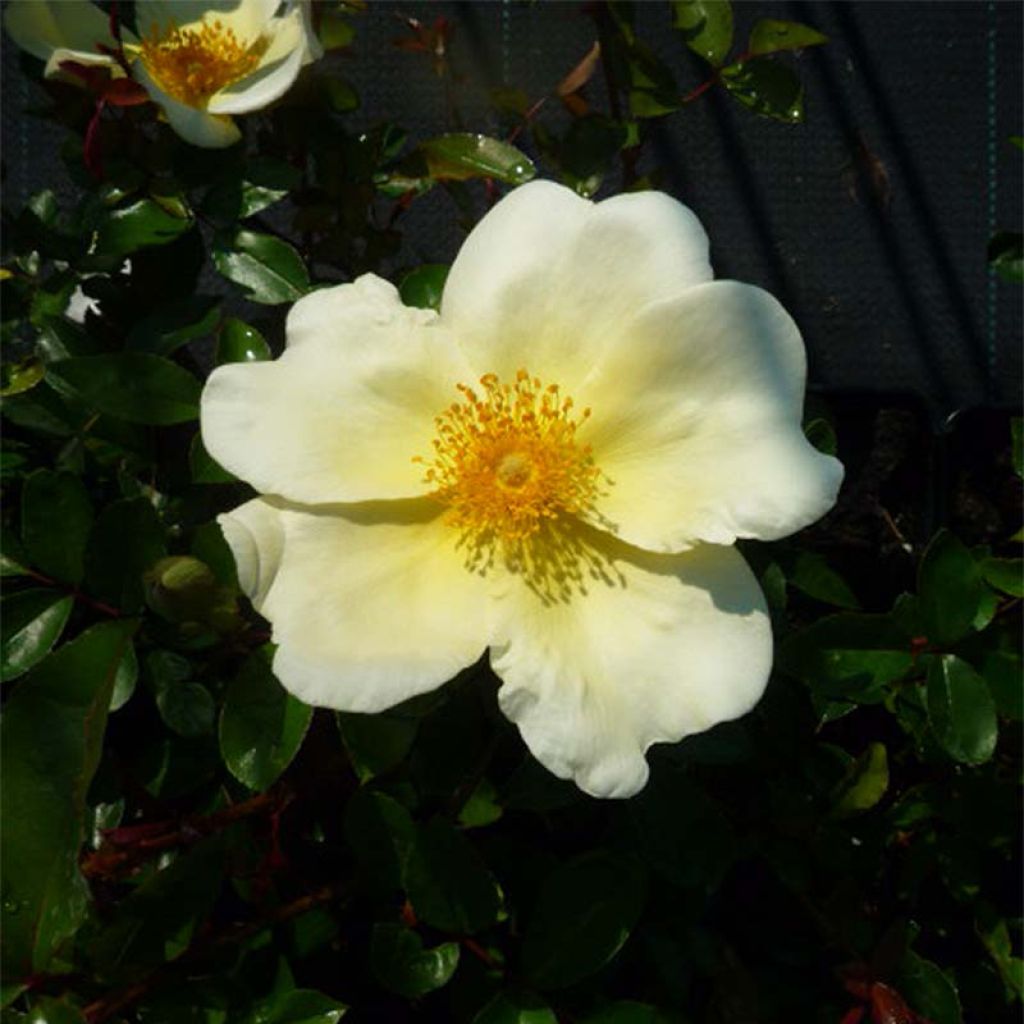

Rosa x bracteata 'Mermaid' - Climbing Rose
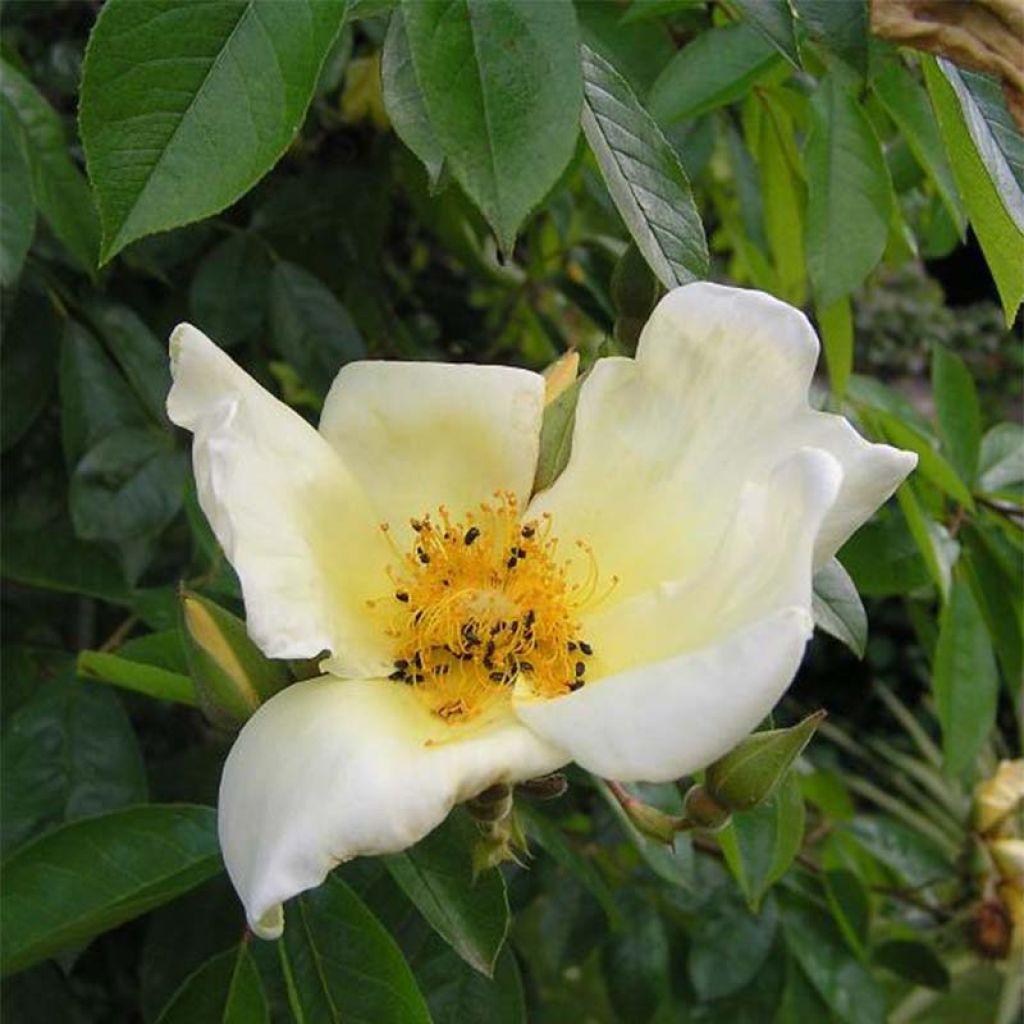

Rosa x bracteata 'Mermaid' - Climbing Rose
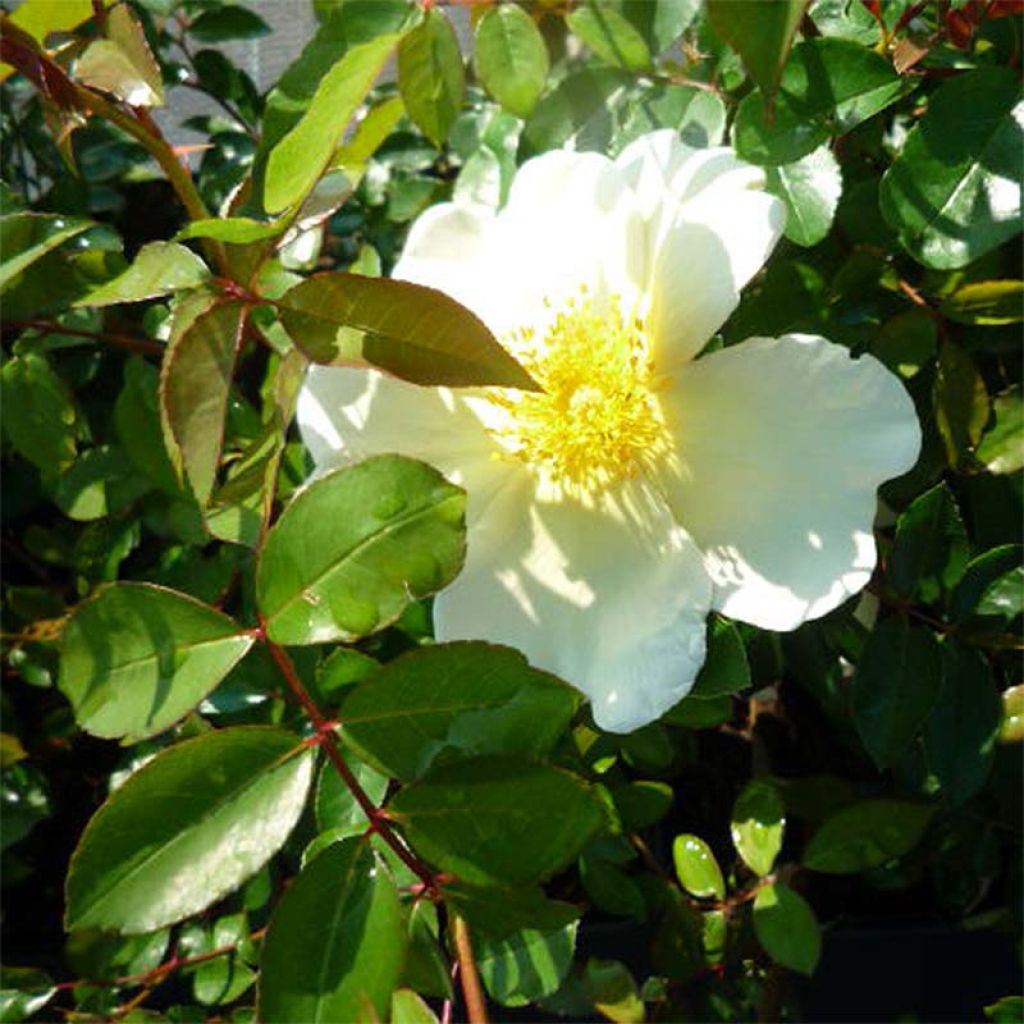

Rosa x bracteata 'Mermaid' - Climbing Rose
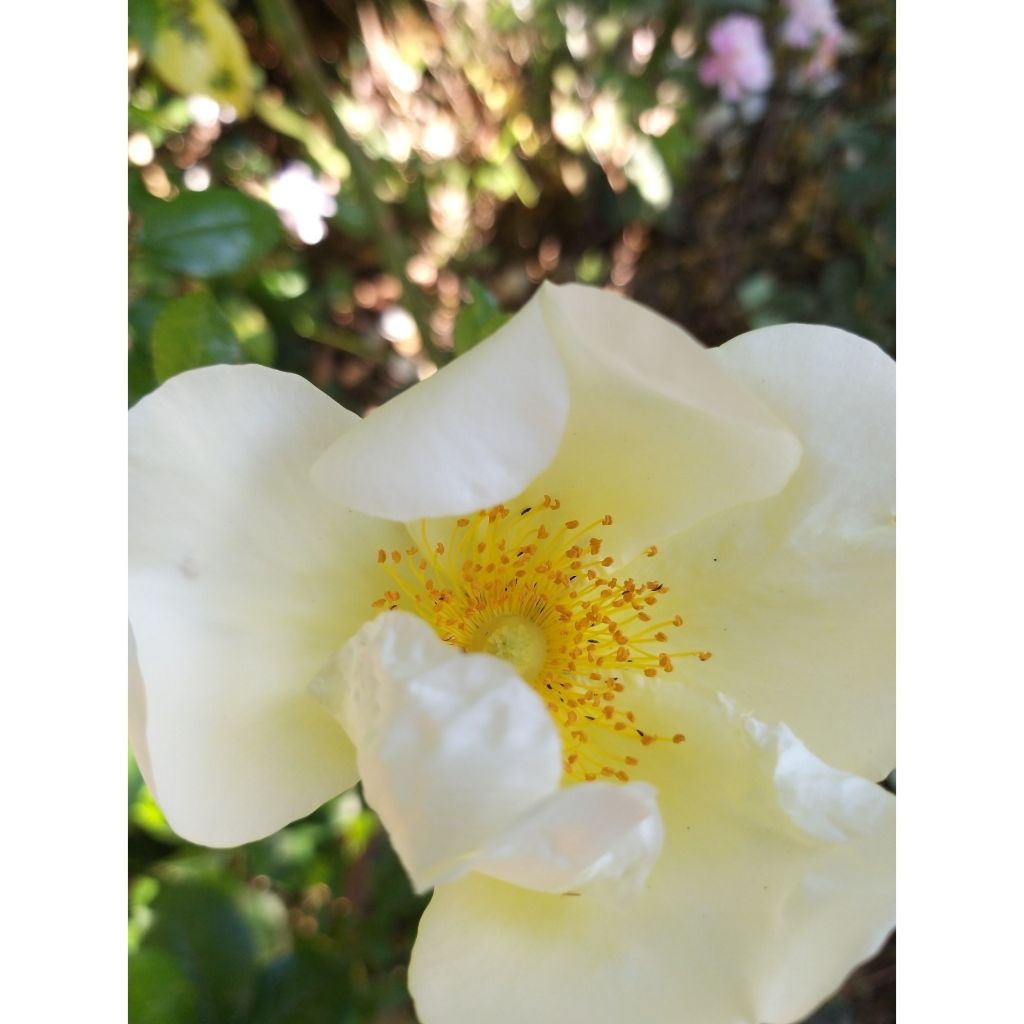

Rosa x bracteata 'Mermaid' - Climbing Rose
Rosa x bracteata 'Mermaid' - Climbing Rose
Rosa x bracteata Mermaid
An incredible liana rose full of poetry and delicacy. Its single and abundant flowers, its delicate foliage, its rapid growth... everything is perfect! As usual, the young plant arrived in excellent health, with impeccable growth.
Virginie P., 26/11/2022
This item cannot be shipped to the selected country
Delivery charge from €5.90
Delivery charge from €5.90
Delivery to Corse prohibited
More information
Schedule delivery date,
and select date in basket
This plant carries a 6 months recovery warranty
More information
We guarantee the quality of our plants for a full growing cycle, and will replace at our expense any plant that fails to recover under normal climatic and planting conditions.
From €5.90 for pickup delivery and €6.90 for home delivery
Express home delivery from €8.90.
From €5.90 for pickup delivery and €6.90 for home delivery
Express home delivery from €8.90.
Delivery to Corse prohibited: UE law prohibits the import of this plant from mainland France to Corse as part of the fight against Xylella fastidiosa. Please accept our sincere apologies.
More information
Does this plant fit my garden?
Set up your Plantfit profile →
Description
The Mermaid rose is a vigorous climbing rose, among the most planted and ornamental. It is appreciated for its almost uninterrupted flowering from June until the first frost, which even the summer heat does not seem to discourage, and its remarkable foliage, almost evergreen, of a beautiful dark green and glossy. Its large, slightly fragrant single flowers of a tender sulphur yellow display a brighter yellow heart occupied by a bouquet of prominent, almost orange stamens. Resistant to diseases, tolerates partial shade and even shade in hot climates; this giant is armed with formidable thorns; and does not tolerate heavy frosts, excessive limestone and poorly drained soils.
The Mermaid Rose is the only descendant of an Asian wild rose named Rosa bracteata, still cultivated in our gardens. Created in 1878 from the cross-breeding between this botanical rose and a yellow double-flowered tea rose. From its Asian parent, it has inherited numerous characteristics, including good shade tolerance. This variety, both highly ornamental and easy to grow, has been awarded by the Royal Horticultural Society in England.
Sometimes slow to establish, with growth accelerating afterwards, the Mermaid rose produces stems 8 metres (26 feet) high, upright, reddish-brown in colour, armed with pairs of curved prickles designed to attach the plant to the surrounding vegetation. They bear evergreen foliage in mild climates, often used in floral compositions due to their beauty. The leaves are composed of 7 elliptical leaflets measuring 2 to 5 cm (2in) long, with a crenate margin. Their colour is a dark, glossy green, rarely affected by rose diseases. Flowering starts in June-July, depending on the region, and continues regularly throughout the summer, ending only with the frost. The flowers, grouped in bouquets, 10 to 12 cm (4 to 5in) wide, are composed of 5 petals of a very pale yellow with a bright yellow base. The centre of the flower is occupied by long stamens of a more orange-yellow colour. The flowers have a light, lemony fragrance, delightful. The fruits are rose hips, 3 cm (1in) in diameter, red when ripe.
An easy-to-maintain, solid, and resistant rose to be protected from the cold during winter in harsh regions: its hardiness is around -12/15°C (10.4/5°F). Only old wood should be pruned, taking precautions to avoid the formidable prickles. 'Mermaid' is perfect for adorning a north or east-facing facade, especially in hot climates. However, it also appreciates sunny exposures that promote more abundant flowering. It can cover a large pergola but also in a large free hedge where it will lean on other bushes. For example, it can be paired with a summer-flowering clematis (Clematis viticella Mme Julia Correvon, Blue Angel, Clematis flammula with its wild charm) or with an early-flowering armandii clematis to achieve a flowering wall almost all year round.
Report an error about the product description
Rosa x bracteata 'Mermaid' - Climbing Rose in pictures
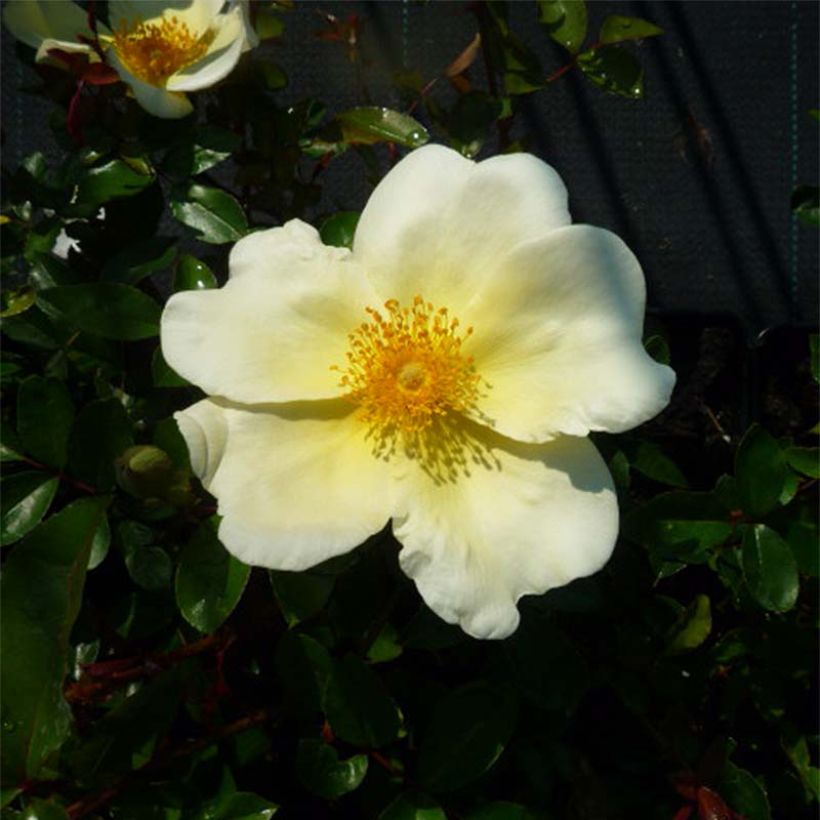

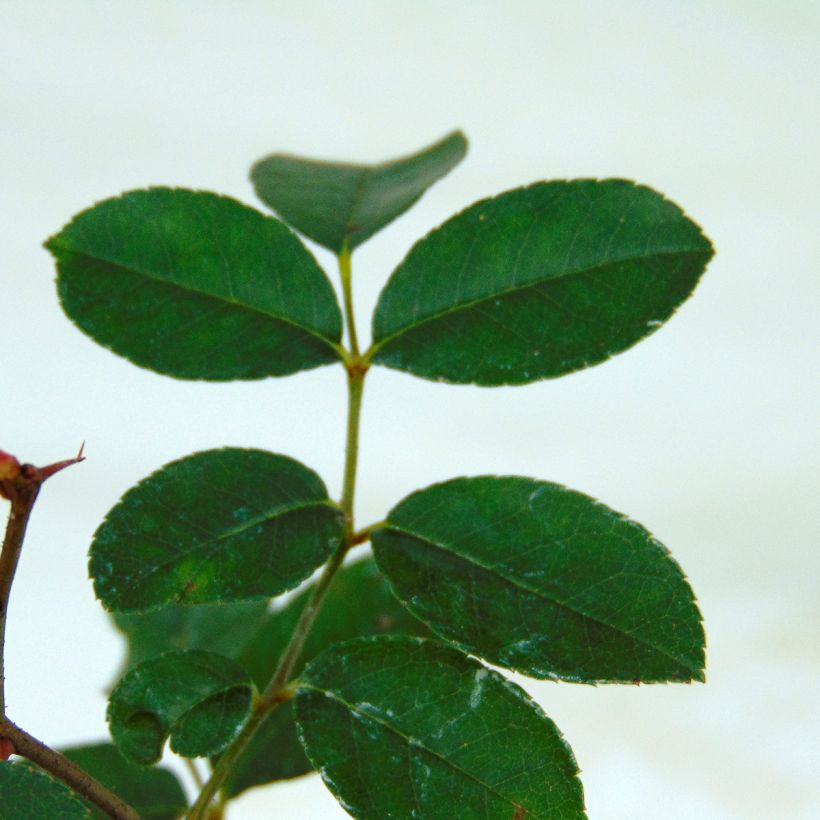

Plant habit
Flowering
Foliage
Botanical data
Rosa
x bracteata
Mermaid
Rosaceae
Cultivar or hybrid
Other Rambling Roses
Planting and care
For optimal growth, plant the Rosa Mermaid in autumn if you live in a mild climate, or in spring if you live in a different climate. Choose deep, loose, and well-drained soil, and avoid soils that are too dry or too heavy. If the plant is well-established, it can survive temperatures as low as -12 to -15°C (10.4 to 5°F) in a protected location. If you live in a cooler area, choose a location carefully, against a wall protected from cold winds and facing south, west, or north. In warmer climates, this rose plant tolerates partial or full shade, but it will produce more flowers in the sun. You don't have to prune the plant regularly, but if you need to, use thick gloves and carefully trim the oldest branches to avoid the plant's thorns.
Roses can often develop spots at the end of summer, which is a natural occurrence and doesn't harm their growth.
Planting period
Intended location
Care
-
, onOrder confirmed
Reply from on Promesse de fleurs
Traditional Roses
Haven't found what you were looking for?
Hardiness is the lowest winter temperature a plant can endure without suffering serious damage or even dying. However, hardiness is affected by location (a sheltered area, such as a patio), protection (winter cover) and soil type (hardiness is improved by well-drained soil).

Photo Sharing Terms & Conditions
In order to encourage gardeners to interact and share their experiences, Promesse de fleurs offers various media enabling content to be uploaded onto its Site - in particular via the ‘Photo sharing’ module.
The User agrees to refrain from:
- Posting any content that is illegal, prejudicial, insulting, racist, inciteful to hatred, revisionist, contrary to public decency, that infringes on privacy or on the privacy rights of third parties, in particular the publicity rights of persons and goods, intellectual property rights, or the right to privacy.
- Submitting content on behalf of a third party;
- Impersonate the identity of a third party and/or publish any personal information about a third party;
In general, the User undertakes to refrain from any unethical behaviour.
All Content (in particular text, comments, files, images, photos, videos, creative works, etc.), which may be subject to property or intellectual property rights, image or other private rights, shall remain the property of the User, subject to the limited rights granted by the terms of the licence granted by Promesse de fleurs as stated below. Users are at liberty to publish or not to publish such Content on the Site, notably via the ‘Photo Sharing’ facility, and accept that this Content shall be made public and freely accessible, notably on the Internet.
Users further acknowledge, undertake to have ,and guarantee that they hold all necessary rights and permissions to publish such material on the Site, in particular with regard to the legislation in force pertaining to any privacy, property, intellectual property, image, or contractual rights, or rights of any other nature. By publishing such Content on the Site, Users acknowledge accepting full liability as publishers of the Content within the meaning of the law, and grant Promesse de fleurs, free of charge, an inclusive, worldwide licence for the said Content for the entire duration of its publication, including all reproduction, representation, up/downloading, displaying, performing, transmission, and storage rights.
Users also grant permission for their name to be linked to the Content and accept that this link may not always be made available.
By engaging in posting material, Users consent to their Content becoming automatically accessible on the Internet, in particular on other sites and/or blogs and/or web pages of the Promesse de fleurs site, including in particular social pages and the Promesse de fleurs catalogue.
Users may secure the removal of entrusted content free of charge by issuing a simple request via our contact form.
The flowering period indicated on our website applies to countries and regions located in USDA zone 8 (France, the United Kingdom, Ireland, the Netherlands, etc.)
It will vary according to where you live:
- In zones 9 to 10 (Italy, Spain, Greece, etc.), flowering will occur about 2 to 4 weeks earlier.
- In zones 6 to 7 (Germany, Poland, Slovenia, and lower mountainous regions), flowering will be delayed by 2 to 3 weeks.
- In zone 5 (Central Europe, Scandinavia), blooming will be delayed by 3 to 5 weeks.
In temperate climates, pruning of spring-flowering shrubs (forsythia, spireas, etc.) should be done just after flowering.
Pruning of summer-flowering shrubs (Indian Lilac, Perovskia, etc.) can be done in winter or spring.
In cold regions as well as with frost-sensitive plants, avoid pruning too early when severe frosts may still occur.
The planting period indicated on our website applies to countries and regions located in USDA zone 8 (France, United Kingdom, Ireland, Netherlands).
It will vary according to where you live:
- In Mediterranean zones (Marseille, Madrid, Milan, etc.), autumn and winter are the best planting periods.
- In continental zones (Strasbourg, Munich, Vienna, etc.), delay planting by 2 to 3 weeks in spring and bring it forward by 2 to 4 weeks in autumn.
- In mountainous regions (the Alps, Pyrenees, Carpathians, etc.), it is best to plant in late spring (May-June) or late summer (August-September).
The harvesting period indicated on our website applies to countries and regions in USDA zone 8 (France, England, Ireland, the Netherlands).
In colder areas (Scandinavia, Poland, Austria...) fruit and vegetable harvests are likely to be delayed by 3-4 weeks.
In warmer areas (Italy, Spain, Greece, etc.), harvesting will probably take place earlier, depending on weather conditions.
The sowing periods indicated on our website apply to countries and regions within USDA Zone 8 (France, UK, Ireland, Netherlands).
In colder areas (Scandinavia, Poland, Austria...), delay any outdoor sowing by 3-4 weeks, or sow under glass.
In warmer climes (Italy, Spain, Greece, etc.), bring outdoor sowing forward by a few weeks.



































